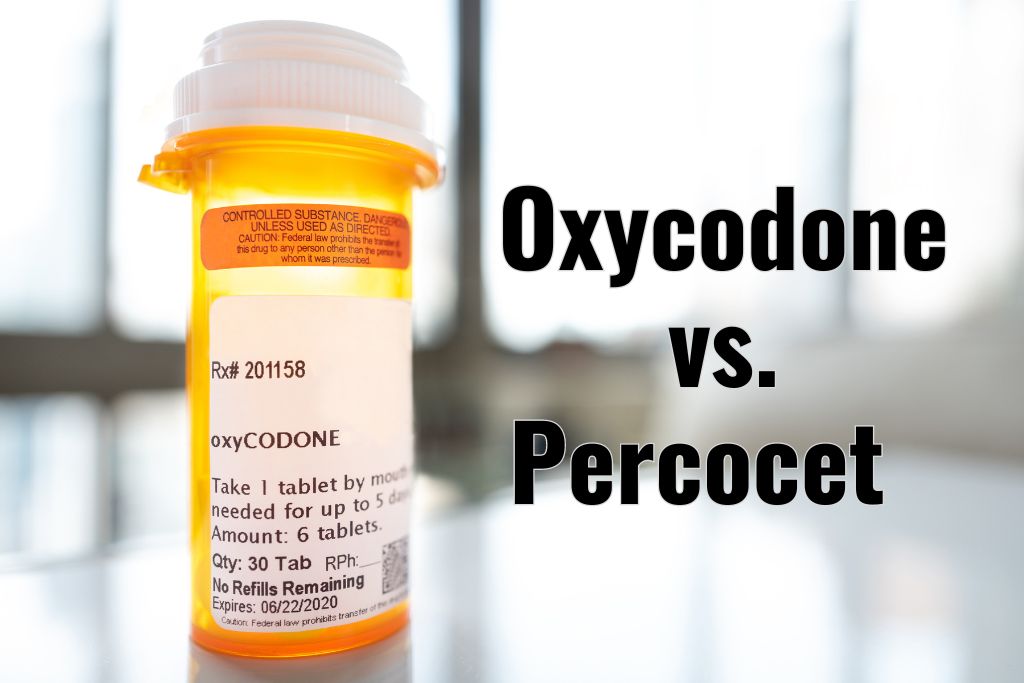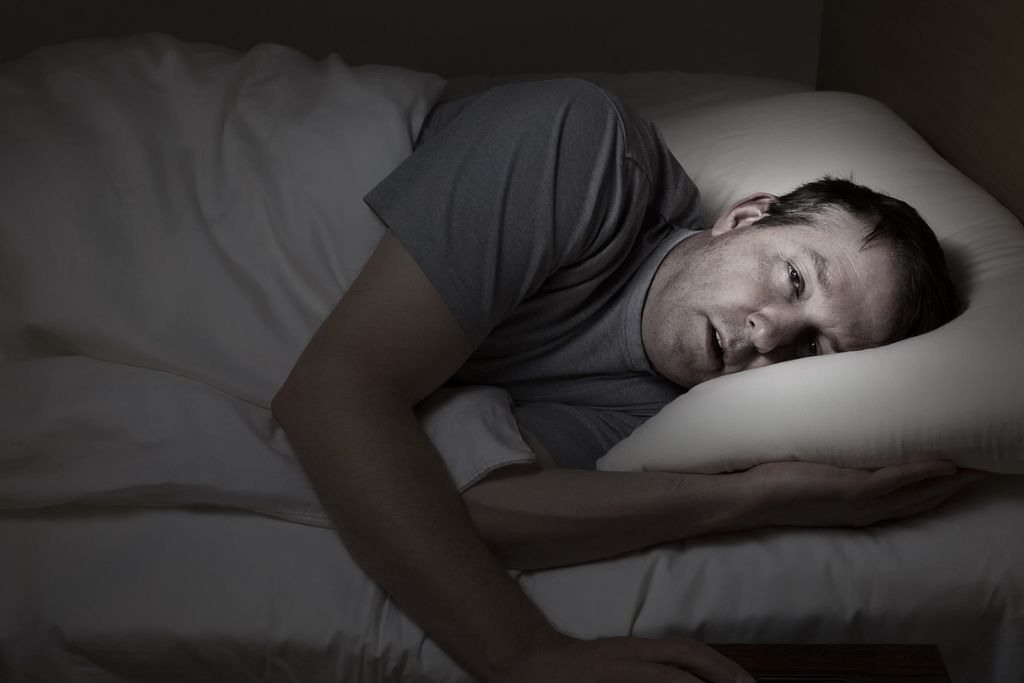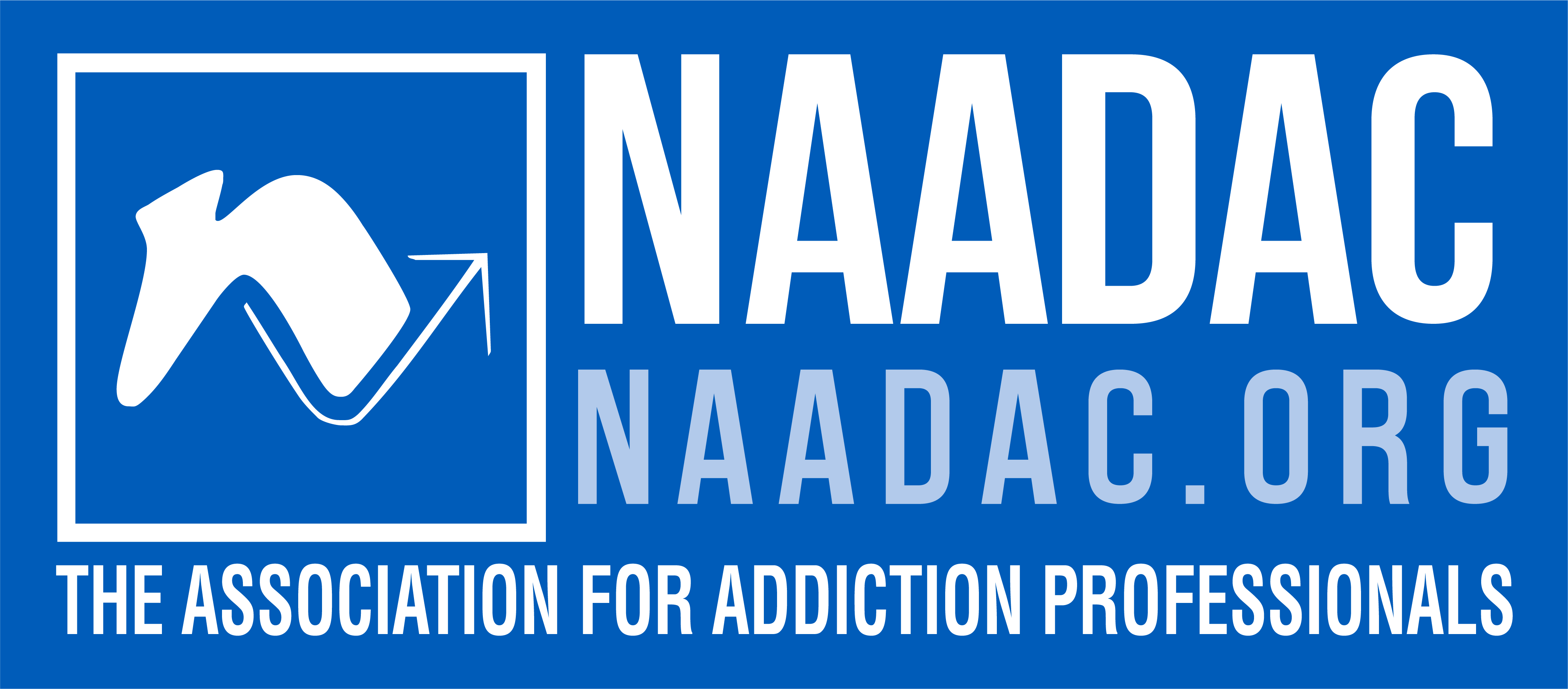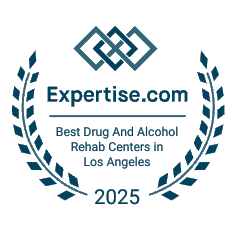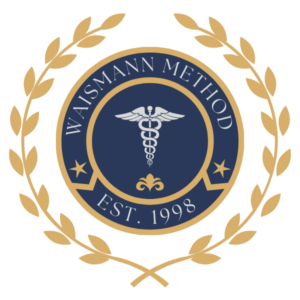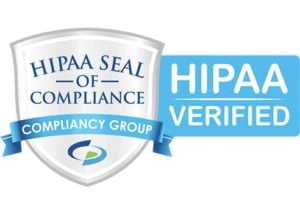Every year, thousands of individuals complete addiction treatment programs with hope, only to find themselves relapsing weeks or months later. Families are left heartbroken, and those struggling with opioid dependence are left feeling defeated, wondering, *”What went wrong?”
The truth is, relapse isn’t always a failure of willpower or a lack of commitment. In many cases, it’s the result of incomplete care, specifically, the failure to address the underlying physiological and neurological disruptions caused by opioid dependence.
The Problem with Conventional Approaches
Most traditional treatment programs focus heavily on behavioral therapy, group meetings, and abstinence-based models. While emotional support and community can play important roles in long-term well-being, they often overlook what happens to the body and brain during and after opioid withdrawal.
Common Gaps in Traditional Treatment:
- Detox without true medical stabilization
- Lack of individualized care based on specific opioid type and duration of use
- No treatment of post-acute withdrawal symptoms (PAWS)
- Insufficient attention to neuroregulation and the stress response system
- Emotional care without physical restoration
Without proper medical intervention, individuals are often discharged from rehab facilities still physically compromised. Cravings remain, emotional regulation is impaired, and their nervous system is in a hyper-reactive state — all making relapse far more likely.
The Missing Medical Piece: Why Physiology Matters
Understanding the Neurobiology of Relapse
Relapse is often rooted in changes within the brain’s reward and stress circuits. Long-term opioid use affects key neurotransmitter systems such as dopamine, glutamate, and endogenous opioids. Over time, the brain becomes conditioned to seek opioids as a survival mechanism, overriding rational decision-making. When opioids are suddenly removed, the brain struggles to produce natural levels of dopamine, leaving the individual feeling emotionally flat, anxious, and physically uncomfortable.
This neurochemical deficit, paired with a hyper-reactive stress system, creates a state where even minor emotional or physical discomfort can trigger intense cravings. Without medical support to re-regulate the nervous system, the individual is left highly vulnerable to relapse.
A Real Story: Rebuilding from the Inside Out
Consider “T.,” a 33-year-old professional who entered treatment after years of prescription opioid use following a back injury. He had completed two residential programs and several outpatient attempts but returned to opioid use each time. What made the difference was finally receiving treatment that addressed the root of his dependency, not just the behaviors, but the neurochemical imbalances, physical pain, and emotional dysregulation.
With a hospital-based detox that included full physiological stabilization, followed by individualized support in a private setting, T. experienced his first sustained period of physical and emotional clarity. He later shared that for the first time, he didn’t feel like he was just “white-knuckling” through life.
The Emotional Toll on Families and the Power of Language
Relapse doesn’t happen in isolation. It ripples through entire families. Loved ones often cycle between hope and heartbreak, confusion and guilt. The stigma surrounding opioid dependence only deepens the pain, often leading to silence, shame, and delayed care.
Language matters. Terms like “addict” or “failure” reinforce harmful stereotypes and reduce people to their condition. By shifting to a more respectful, medically accurate understanding, we not only reduce stigma — we open the door for more people to seek help and for families to feel supported, not blamed.
Opioid dependence profoundly affects the central nervous system. Long-term use alters brain chemistry, disrupts hormone regulation, and impairs gastrointestinal, immune, and emotional systems. Removing opioids is only one part of the process; restoring balance is equally critical.
Without addressing the following physiological components, patients may continue to suffer:
- Dysregulated stress response
- Disturbed sleep cycles
- Hormonal imbalance
- Gastrointestinal distress
- Emotional hypersensitivity and fatigue
These symptoms are often mistaken for psychological resistance or lack of motivation, when in fact, they are physical markers of a brain and body still in distress.
A Different Approach: Medical Detox as the Foundation
A more effective path often begins with hospital-based medical detox, where patients receive individualized care in a safe and professionally supervised setting. This level of care can include:
- Comprehensive medical evaluations
- Stabilization and pre-medication
- Sedation-assisted detox (when appropriate)
- IV hydration, antiemetics, and symptom-specific medications
After detox, ongoing care focused on neuroregulation, rest, and emotional stability is key. A private, supportive environment that honors the patient’s pace without pressure or judgment can make a significant difference in long-term success.
Why This Model Reduces the Risk of Relapse
Instead of treating relapse as inevitable, it should be viewed as preventable — if the proper medical foundation is in place. When the body is stable, the mind can begin to heal. By reducing the severity of post-detox symptoms and restoring physiological balance, patients have a stronger chance of moving forward with clarity and strength.
Final Thoughts: It’s Not About Willpower
People don’t relapse because they are weak or unwilling. They relapse because their brain and body haven’t had the chance to fully heal. While this is true in many cases, it’s important to acknowledge that relapse can also be connected to pre-existing conditions such as unresolved trauma, chemical imbalances, or untreated mental health disorders. In these situations, behavioral help alone is not enough. Medical evaluation, diagnosis, and targeted treatment become essential components of the recovery process.
Additionally, access to non-addictive medications like Naltrexone or Vivitrol can significantly reduce opioid cravings and help bridge the gap between detox and long-term stability. Unfortunately, these medications are underutilized or unavailable in many traditional treatment settings. When used correctly and under professional care, they offer individuals a safer, more effective path toward independence from opioid use.
Until the medical field and addiction treatment providers work together to offer truly integrated care, encompassing both physiological stabilization and emotional support, relapse rates will remain high.
The solution lies in a more humane, science-based approach to treatment — one that honors the complexity of opioid dependence and gives people a real opportunity to reclaim their lives.


